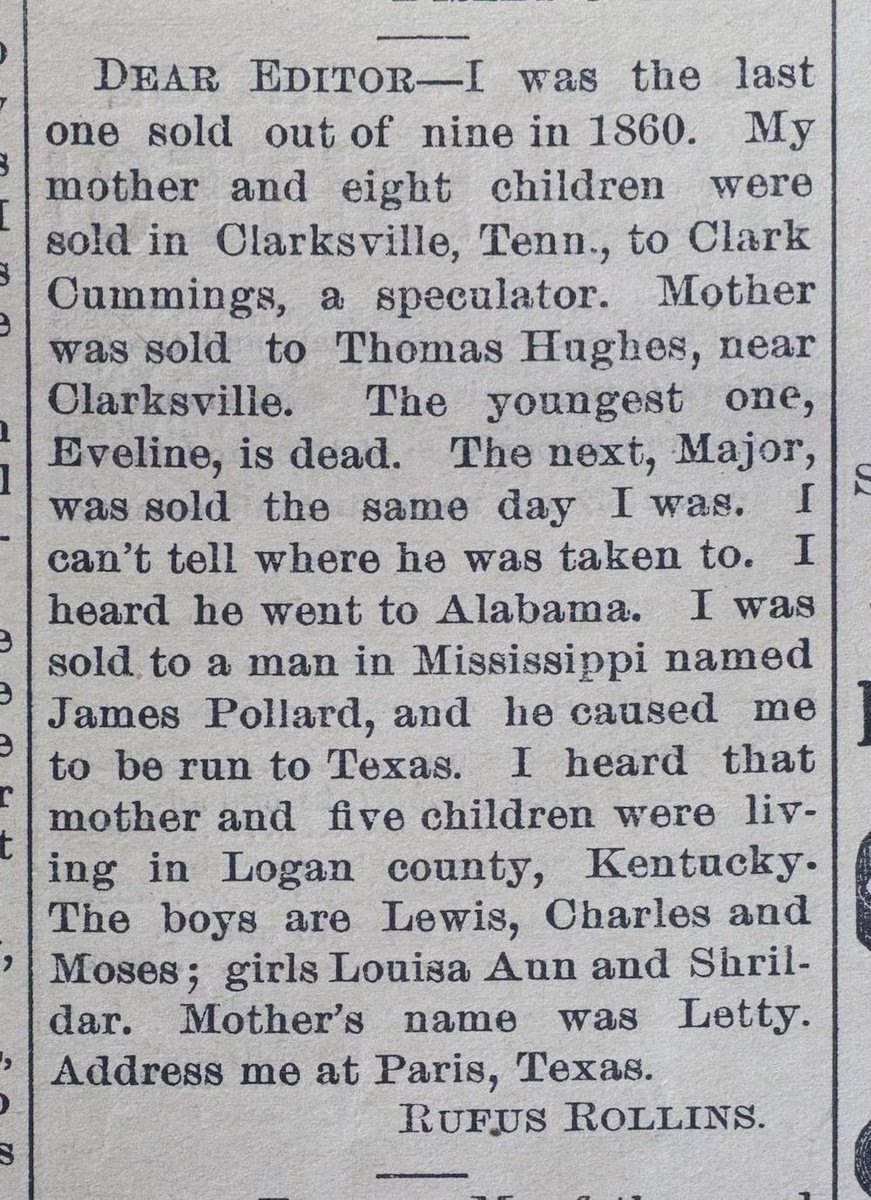
Who was John Horse? Few Americans know his story, but the Gullah Geechee/Black Seminole warrior John Horse (1812-1882) was probably the most successful Black freedom fighter in U.S. history. 

More commonly known as the Black Seminoles, they were people of African descent who fled the rice plantations of South Carolina and Georgia seeking freedom and safety in Spanish Florida. glc.yale.edu/sites/default/…
John Horse’s accomplishments were amazing. In Florida, he rose to lead the holdouts in the country's largest slave uprising—better known as the Seminole Wars or Gullah Wars. For 40 years afterwards he led his people on an epic quest from FL to Mexico to secure a free homeland. 

Over a long life he defeated leading US generals, met two Presidents, served as an adviser to Seminole chiefs, a Scout for the US Army, and a decorated officer in the Mexican military.
John Horse defended free Black settlements on three frontiers, and was said to love children, whiskey, and his noble white horse, "American." johnhorse.com/black-seminole…
Sources:
johnhorse.com/black-seminole…
htm johnhorse.com/trail/01/b/01.…
glc.yale.edu/sites/default/…
travelnoire.com/amp/afro-mexic…
johnhorse.com/black-seminole…
htm johnhorse.com/trail/01/b/01.…
glc.yale.edu/sites/default/…
travelnoire.com/amp/afro-mexic…
The @smithsonian suggests these resources on Gullah Geechee rebellions: si.edu/object/siris_s…
• • •
Missing some Tweet in this thread? You can try to
force a refresh












